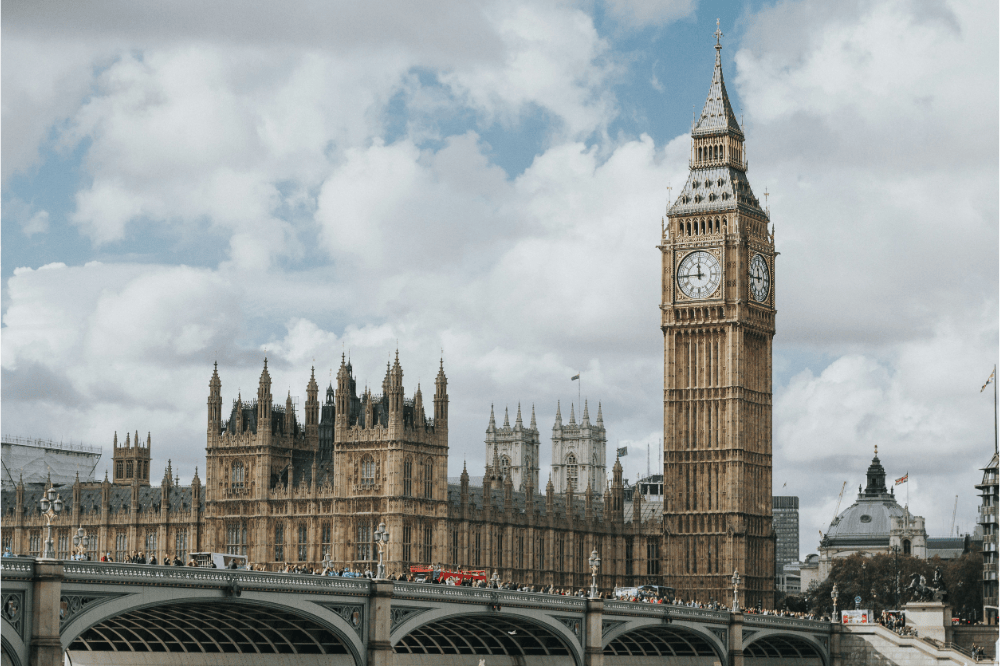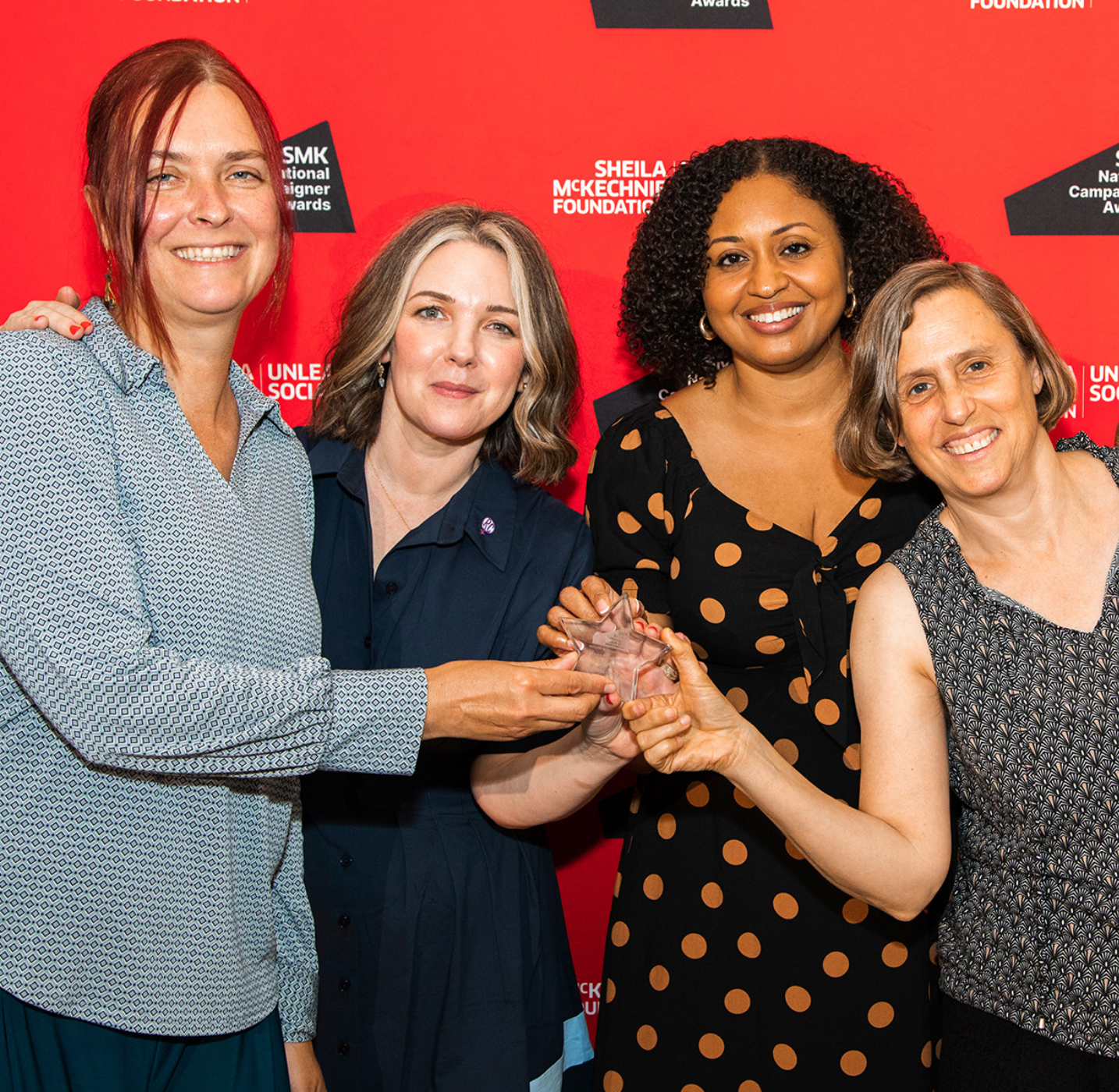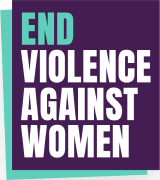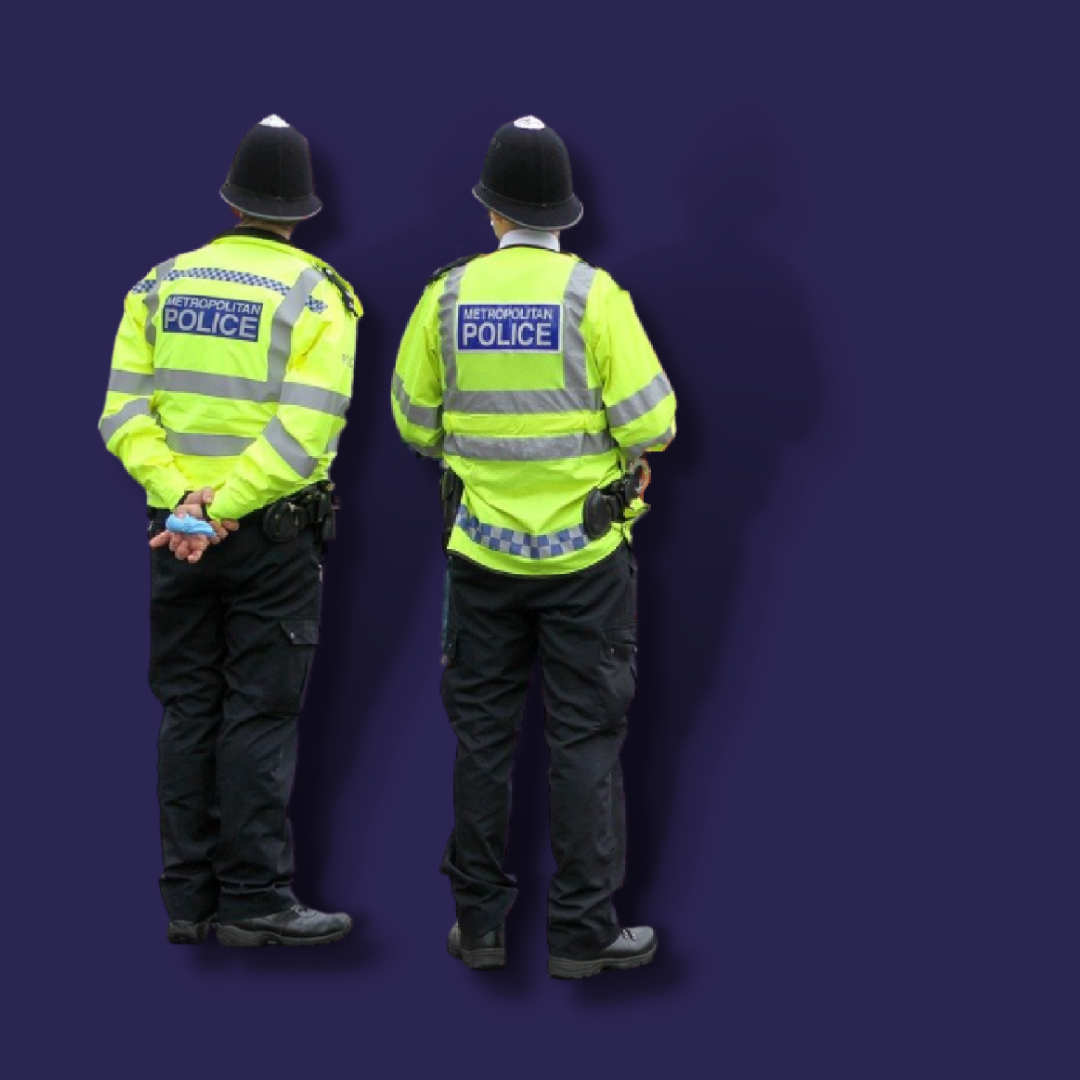 11 Jul
11 Jul
Today (18th May 2023) the National Police Chiefs’ Council (NPCC) has released its National Violence Against Women and Girls (VAWG) Strategic Threat and Risk Assessment (STRA), aiming to support police forces to better understand what contributes to VAWG.
In recent years, a series of reports have raised long-standing concerns about the policing of VAWG and police-perpetrated abuse, while VAWG remains disturbingly prevalent. In light of this, earlier this year the Home Office designated VAWG as a ‘national threat’, and today the National Policing Chiefs Council (NPCC) has launched its first the National Violence Against Women and Girls (VAWG) Strategic Threat and Risk Assessment (STRA).
The report provides an overview of what the police consider to be the key issues and drivers that contribute to VAWG, to inform their decision-making. It contains some alarming figures on policing and violence against women and girls:
- VAWG accounts for at least 15.8% of all recorded crime. However, we know that the majority of VAWG is unreported, therefore this data is likely just the tip of the iceberg.
- Offences that are identified as the biggest threat to women include domestic abuse, rape and serious sexual offences, child sexual abuse and exploitation, and tech-enabled VAWG such as online stalking and harassment. Meanwhile domestic abuse, sexual offences stalking and harassment and modern slavery and human trafficking have all seen increases in recent years – with a particularly sharp increase in recorded sexual offences since 2013.
- Over half a million (507,827) offences against women and girls were recorded in the six-month period of 1 October 2021 – 31 March 2022 in England and Wales. This equates to just under 117 crimes recorded by police per hour, or two crimes per minute.
- Stalking and harassment accounts for 43% (217,945) of all VAWG and is recorded by forces as varying between 26% and 56% of total VAWG locally.
- 10% of reported VAWG offences occur online.
- Surges in reporting are seen in the aftermath of high profile VAWG incidents.
- On average, 25% of victims were identified as being repeat victims of VAWG, with one force reporting a 49% repeat victimisation rate.
- Across all VAWG threats most perpetrators are male.
- The most common location type for offending was in a private space, mostly in private dwellings, particularly the home.
Gaps in the data leave minoritised women behind
The report acknowledges inequalities in the prevalence and experience of different groups, stating that women and girls belonging to a minoritised group (including LGBTQ communities or minoritised ethnic groups) are disproportionately impacted by VAWG, and migrant women who have no recourse to public funds encounter further barriers to fleeing abuse and are likely to be disproportionately affected.
However, the report contains major gaps in relation to examining minoritised women’s experiences of VAWG, which the NPCC says is ‘challenging’ because police data is incomplete. This is an issue EVAW has repeatedly raised and we will continue calling for better data recording and transparency about how different groups of women engage with the police and the barriers to justice they face.
Barriers to justice and support
The report also reflects on criminal justice outcomes and processes, noting both declining trust and confidence in policing and the high rate of victims of VAWG disengaging with the justice process. EVAW has long called for urgent action to address the many barriers to justice forcing victims out of the justice process – from poor and discriminatory treatment to lengthy waits for court dates and inadequate communication. Rape survivors can wait 4-6 years for their case to reach court, in the unlikely event it ever does.
We welcome focus on the impact of the cost of living crisis on the prevalence of VAWG as well as the specialist support services that work with victims and survivors, with minoritised women and migrant women with no recourse to public funds disproportionately impacted. This is an issue EVAW and other women’s groups have consistently sounded the alarm about.
Online abuse
Significantly, tech-enabled VAWG was identified as one of the biggest threats to women, with the report stating that 10% of VAWG offences occur online, and that the true scale is likely to be higher due to how underreported online VAWG is – stating that the threat of tech-enabled VAWG is “almost certain to increase”.
The assessment also names the ‘manosphere’ – a network of online communities that promote misogynistic beliefs – and its influence on young boys as a growing threat. This data takes on particular significance given that the Online Safety Bill, now in Committee stage in the House of Lords, still fails to adequately address VAWG perpetrated online.
The End Violence Against Women Coalition (EVAW) and our partners including Glitch and Refuge are calling for a VAWG Code of Practice to be mandated in the Bill. This would hold tech companies accountable for addressing and preventing this abuse on their platforms.
Andrea Simon, Director of the End Violence Against Women Coalition (EVAW), said:
“We are pleased to see that violence against women is being recognised as a strategic threat which makes up a considerable proportion of recorded crime. This now has to be matched with resourcing to ensure these crimes are tackled effectively.
Given we know that most victims of VAWG don’t report to the police at all, due to the poor and discriminatory treatment of women and marginalised communities, we know the true scale of VAWG is much higher than even what has been reported today.
We’re pleased to see the report acknowledge the growing threat of VAWG perpetrated online, which concerningly makes up 10% of all VAWG offences reported. With this latest data, the government can no longer ignore the need to overhaul the Online Safety Bill by introducing a VAWG Code of Practice. We know that action to tackle online VAWG is supported by police chiefs.
If any of this is to improve, we first need better data on the experiences and justice outcomes of minoritised women, so that the police are accountable to those who are most harmed by their failings. The government must also heed our calls for the new Victims Bill to transform survivors’ experiences of the criminal justice system so that rape survivors have free independent legal advice and their counselling notes are kept confidential. This also means ensuring the new Bill provides sustainable funding to specialist support services.”
ENDS
Media contact
Sinead Geoghegan, Communications Manager, media@evaw.org.uk 07960 744 502
Recommended ARTICLES
 11 Jul
11 Jul
 09 Jul
09 Jul
 20 Jun
20 Jun

